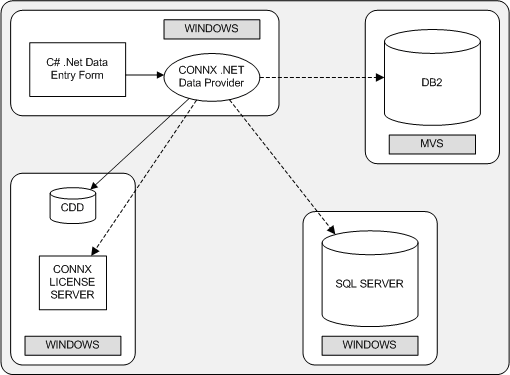Figure 2 outlines a typical (moderately complex) customer site.

Figure 2. C# DataEntry form on Windows using the CONNX .NET Data Provider connecting to SQLServer on Windows and DB2 on MVS.
This typical scenario has four machines:
The user application (C# DataEntry form) resides on Windows. The CONNX Client is installed on the user application machine.
The DB2 database resides on a MVS machine
The SQL Server database resides on a Windows machine
The CONNX CDD and License server service reside on a Windows machine. This machine has a shared folder (with read/write access permissions) for CDD access.
In this scenario, the customer selected a machine to run the CONNX License server with a guaranteed uptime level. Due to the CONNX networked architecture, there are no CONNX specific components required on either database machine.
This diagram does not show the development configuration and any test and production environments. In those environments, the CDD may not reside on the same machine as the license server; if it did, each deployment phase might have its own directory.
This example illustrates some of the typical architectural and management challenges in a real-world scenario. This gives us a view of the architecture that we can refer to in the remaining sections as we begin to unravel the complexity of Enterprise Planning. A comprehensive examination of typical deployment scenarios are outlined in the section entitled CONNX Scenarios.